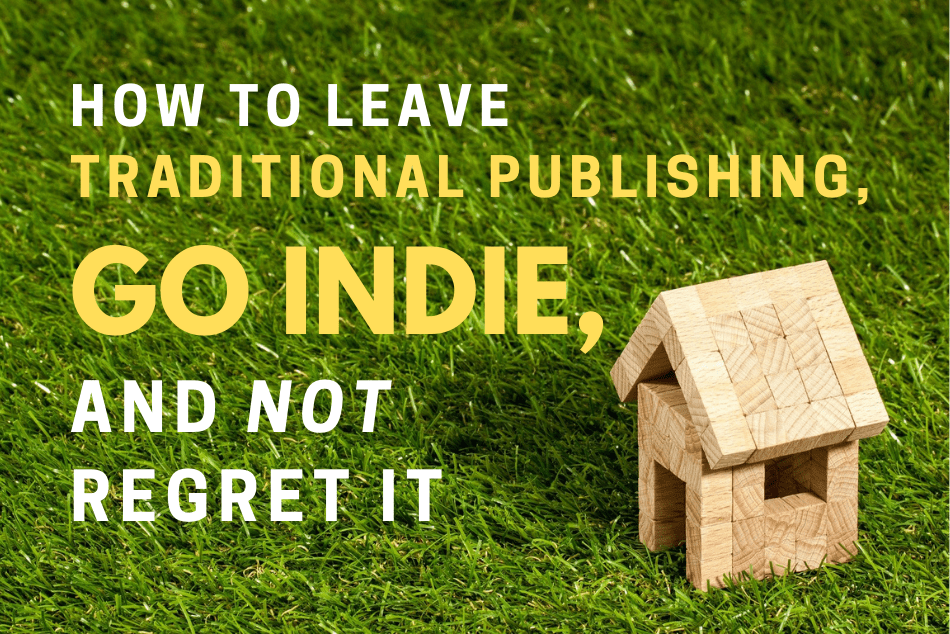by Kurt Dinan
When publishers rejected the follow-up to my (award-winning, yo!) 2016 YA prank novel Don’t Get Caught, I handled the news calmly like an adult should:
“I’ll show them!” I drunkenly shouted from my roof. “If they don’t want to publish my novel, I’ll put the book out myself, make millions, and use the money to buy those companies and burn them to the ground!”
It turns out indie publishing (IP) is not that easy.
Having already published traditionally, I already knew a thing or two about a thing or two. I also had expectations: Some which turned out to be reasonable, some less so. In the end, my experience in self-publishing The Scam List was, like most experiences in any kind of publishing, full of both good news and bad news.
Here’s what I learned that may help you.
-
The bad news: You’re about to go back to school.
I wish I could report that indie publishing (IP) is as easy as creating a cover for your book, uploading it, and watching the money roll in. Unfortunately, it’s not that simple. If you want your book to succeed, there’s a lot you need to learn. It’s so much information to take in, in fact, that sometimes I felt like I was having that very common dream where I’m juggling flaming knives and my arms disappear. (What, you don’t have that dream? Weirdo.)
The good news: There are a multitude of online resources and books on the IP world. You can research the ones that look the most helpful for your specific project and knowledge base. But here’s the best advice I can give: Join 20Booksto50K on Facebook. That group is amazing and full of information and answers you’ll want and need.
-
The bad news: You need money to make money.
All of that money a traditional publisher puts up to design, publish, and promote your book? Yeah, that money is coming from you now, and it’s more than you think it’ll be. Let’s be conservative: $1,000 for a professionally designed cover, another $1,000 for appealing internal pages, and $500 to cover your mailing list provider, website design and hosting. Minimums, all around. Oh, and don’t forget the books or online classes to help you learn the business, fees to upload your book, ad costs…you get the idea.
The good news: You could always sell a kidney on the black market. Or you could just go the traditional (read: boring) route and start saving money. But in the end, you’re going to have to invest in yourself to make this work, and while that’s scary, you can do this. Really.
-
The bad news: The book’s success is all on your shoulders.
If your book bombs, there will be no blaming the publisher for lack of promotion, or for giving you a terrible cover, or for your editor leaving for another job. Nope, this is all on you, baby. But that’s also…
The good news: You completely own the book. You, and only you, have 100% control. It’s an amazingly freeing realization. Want to change the price? Change the cover? Add in a free chapter from your next book? Give copies away for free? Heck, relaunch the whole thing? You can! Isn’t that cool? (Scary, yes, but so cool too.)
-
The bad news: Most traditional avenues of promotion are closed to you.
Traditionally, you’d likely have someone at the publisher working to get your books to reviewers, bloggers, YouTubers, Bookstagramers, etc., and setting up interviews or getting you guest posts at well-established websites. A lot of those places want nothing to do with self-published books, unfortunately.
The good news: You can succeed without them. You just need to shift your thinking. In IP, it’s all about gaining and keeping readers, and to do that, you need a newsletter. To entice people to join that, you’ll need freebies (say, downloadable stories or even books).
Once you have happy newsletter readers, they’ll buy whatever you put out.
Successfully newslettering is an art form, but it’s important. Do this: Read Newsletter Ninja by Tammi Labrecque.
-
The bad news: You’re about to become an even bigger headcase than you already were.
In traditional publishing, you likely have to wait months to find out how your book is selling, but in IP, you have complete access to the most up-to-date sales information. That means you can check your sales numbers every hour if you’d like. You can also check your Amazon Ads in real time, seeing which keywords are getting hits and clicks. This is great, right? Sure, but it’s also an easy and obsessive rabbit hole to fall into, and if you’re not careful, you may look up and realize three years have passed.
The good news: You can analyze this up-to-the-minute sales info to determine if your cover is working or your blurb is spot-on, and if they’re not, you can change the because the book is yours, no one else’s. Remember, in IP, you control your books, not a publisher who has to move on to another author’s release after a month (or less!).
Here’s some advice that really helped me at the start: traditional publishing is a sprint, but IP is a marathon.
To wrap this up, self-publishing your book is hard work, but it’s fulfilling work. You’ll need a different mindset if you’re used to the traditional publishing world, and you have a lot of learning ahead of you, but having full control over your own book is empowering and satisfying when it all comes together in the end. Remember, you can do this!
Have you made a switch from traditional to indie, or vice versa? Join our discussion on Facebook to share your insights and see what other writers have to say.

 Kurt Dinan is a high school English teacher living in Cincinnati with his wife and four children. His debut novel, Don’t Get Caught, was a Junior Library Guild selection and winner of 2017 YALSA’s Teens’ Top 10 book. The Scam List is his second novel, and you should buy it because his children are oh so hungry.
Kurt Dinan is a high school English teacher living in Cincinnati with his wife and four children. His debut novel, Don’t Get Caught, was a Junior Library Guild selection and winner of 2017 YALSA’s Teens’ Top 10 book. The Scam List is his second novel, and you should buy it because his children are oh so hungry.





